Quilting, a beloved craft with a rich history, demands careful material selection for the best results. A key factor is the thickness of the quilting fabric, which affects the quilt’s texture, durability, and overall look. This article explores how thick is quilting fabric, providing valuable insights for both beginners and seasoned quilters. Exploring the factors that influence fabric thickness and its significance in quilting, helps crafters make well-informed decisions for their projects.
What Is Quilting Fabric?
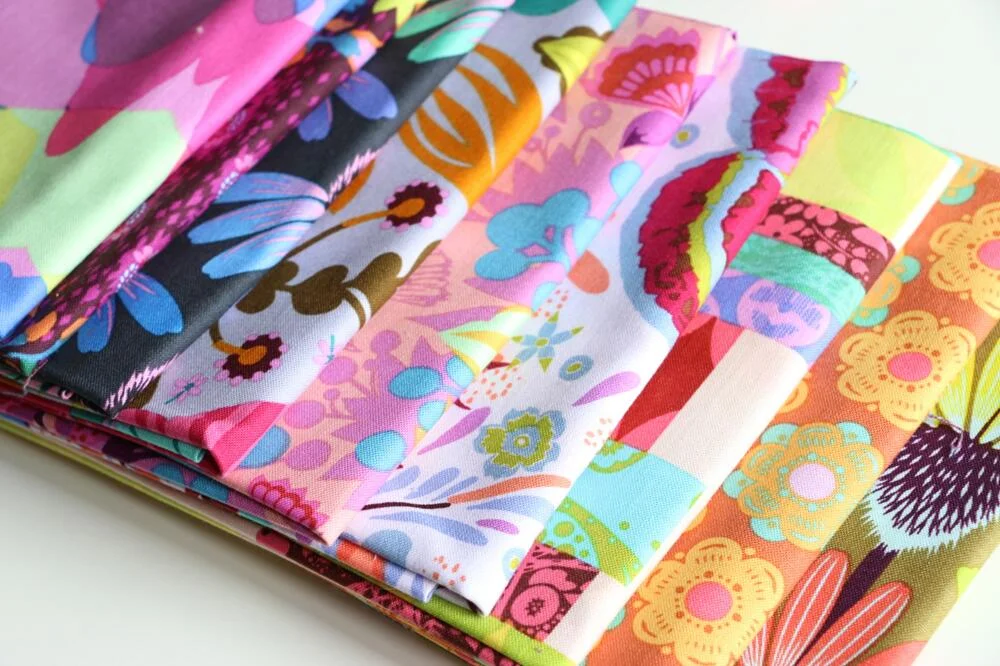
Quilting fabric is a type of textile specifically chosen for making quilts. It is typically a medium-weight, tightly woven material, most commonly cotton, known for its durability, ease of handling, and wide range of colors and patterns. Quilting fabrics are used for various parts of a quilt, including the quilt top, backing, and binding, and are selected based on their texture, durability, and aesthetic appeal.
What Is Quilting Fabric Thickness?
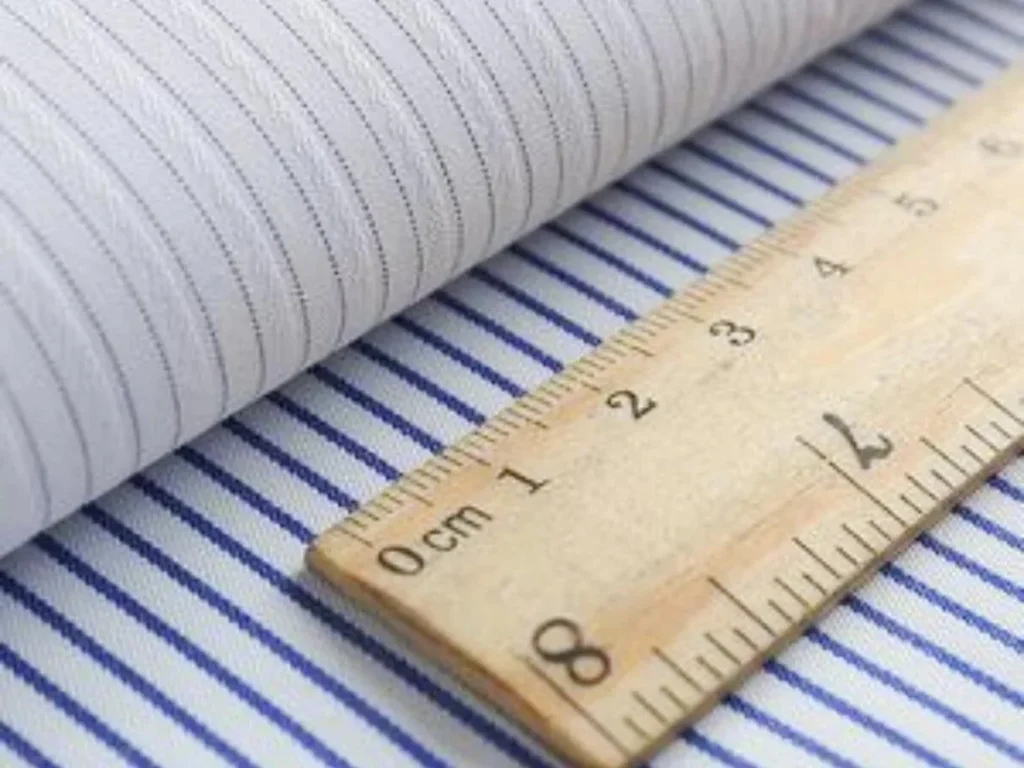
Quilting fabric thickness refers to the measure of how thick or thin a piece of fabric intended for quilting is. It involves assessing the distance between the two opposite surfaces of the fabric. This measurement impacts the texture, drape, durability, and overall appearance of the quilt.
Quilting fabric thickness is crucial for selecting appropriate materials for quilting projects, ensuring that the fabric meets the desired aesthetic and functional requirements.
How to Measure the Thickness of Quilted Fabric?
Measuring the thickness of the quilted fabric is crucial for ensuring the suitability and functionality of your projects.
Here is a step-by-step guide to accurately measure the thickness of fabric:
1. Prepare your tools:
You will need a ruler or caliper, a flat surface, and the fabric to be measured.
2. Prepare the fabric:
Lay the quilted fabric flat on a hard, smooth surface. Ensure there are no wrinkles or creases that could affect the measurement.
3. Use a ruler:
If you are using a ruler, place it vertically next to the fabric. Align the zero mark of the ruler with the bottom edge of the fabric.
4. Measure the thickness:
Gently press down on the fabric with your finger to slightly flatten it. Measure at the highest point of the fabric pile. Record the measurement in millimeters or inches.
5. Use a caliper:
For a more precise measurement, use a caliper. Open the caliper jaws and place them around the fabric. Gently close the jaws until they touch the fabric, then read the measurement.
6. Repeat the measurement for accuracy:
Take multiple measurements at different points on the fabric to ensure consistency. If you notice significant differences in the measurements, consider taking the average of the values.
7. Note the fabric type:
Different types of quilted fabrics (such as cotton, flannel, or batik) may have different thicknesses, so be sure to record the type you are measuring.
By following these steps, you can ensure an accurate measurement of the thickness of quilted fabric, leading to better results for your sewing projects.
what are measurement units for quilting fabric thickness?
GSM (Grams per Square Meter): Measures the weight of fabric per square meter. While not a direct measure of thickness, higher GSM generally indicates a denser and potentially thicker fabric.
Oz/Yd² (Ounces per Square Yard): Measures the weight of fabric per square yard. Similar to GSM, higher values typically suggest a thicker fabric.
Thread Count: Indicates the number of threads per square inch of fabric. While primarily associated with bed linens, it can also provide an indication of fabric density and thickness.
Thickness Gauge (mm or inches): Directly measures the thickness of the fabric using a gauge calibrated in millimeters or inches.
Fabric Thickness Units (e.g., millimeters, inches): Directly measure the thickness of the fabric in millimeters or inches using a ruler or caliper.
Factors Influencing Fabric Thickness
Material Composition
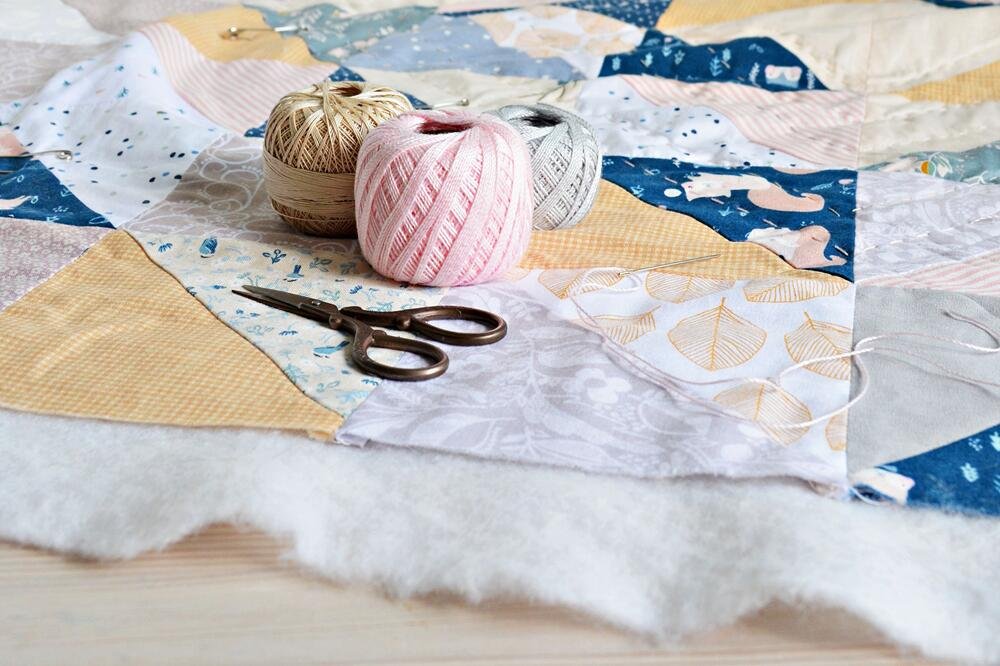
Natural Fibers: Fibers such as cotton, linen, and wool tend to create thinner fabrics. These fibers are often softer and more breathable, resulting in fabrics that are lightweight and comfortable to wear.
Synthetic Fibers: Polyester, nylon, and acrylic fibers can produce thicker fabrics due to their denser composition. These fibers are often used for their durability and resistance to wrinkles and stretching, making them suitable for various applications.
Weave Type and Density

Plain Weave: The most basic weave type, where the warp and weft yarns intersect at right angles, creating a balanced structure. Fabrics with a plain weave tend to have a moderate thickness.
Twill Weave: Characterized by a diagonal pattern created by the interlacing of warp and weft yarns. Twill fabrics often have a thicker feel and more pronounced texture compared to plain weave fabrics.
Satin Weave: Features long, floating warp yarns on the surface of the fabric, resulting in a smooth and shiny finish. While satin fabrics may appear thin, they can actually be quite dense and substantial.
Yarn Type and Size
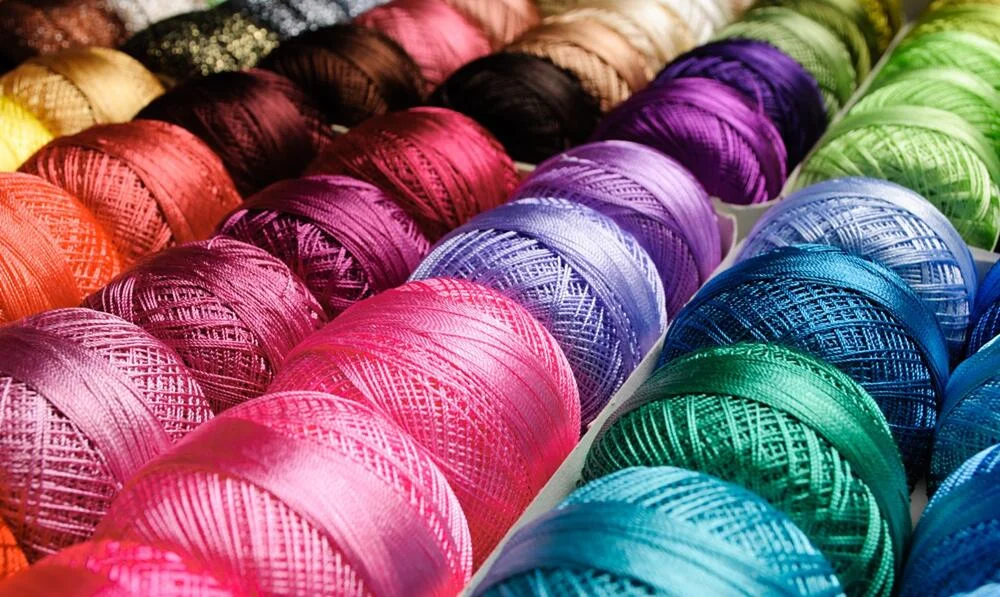
The thickness of the yarn used in weaving or knitting directly affects the thickness of the resulting fabric. Thicker yarns produce thicker fabrics, while finer yarns create thinner fabrics. Yarn size is often denoted by its weight (e.g., 20/2, 40/3) or count (e.g., 30s, 60s), with smaller numbers indicating thicker yarns and larger numbers indicating finer yarns.
Manufacturing Processes
Carding: Aligns and blends fibers to create a uniform web of fibers before spinning. Properly carded fibers result in a smoother and more consistent yarn, contributing to a thinner fabric.
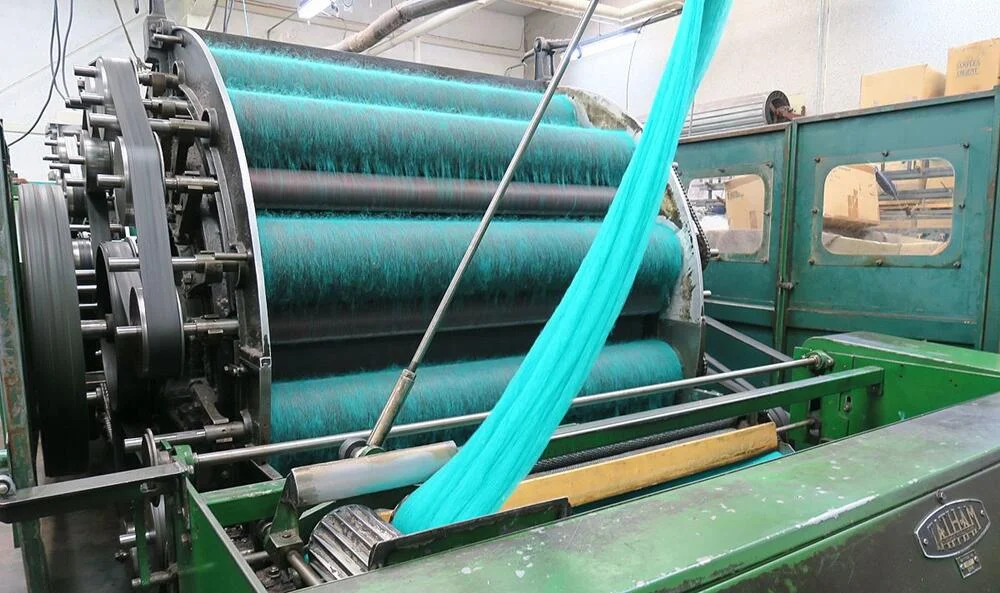
Combing: Removes shorter fibers and impurities from the yarn, resulting in a smoother, finer yarn and potentially a thinner fabric.
Finishing Treatments
Singeing: Removes protruding fibers from the fabric surface, resulting in a smoother finish and potentially reducing fabric thickness.
Calendaring: Passes the fabric through heated rollers to create a smooth, flat surface. While calendaring can reduce fabric thickness, it may also increase stiffness.
By understanding these factors, fabric manufacturers and designers can manipulate various parameters to achieve fabrics with specific thicknesses and characteristics tailored to different applications and preferences. Similarly, consumers can make informed choices when selecting fabrics for their projects based on desired thickness, texture, and performance attributes.
How Do Choose The Right Fabric Thickness For Your Quilt?
Intended Use:
Consider how the quilt will be used. For lightweight quilts intended for warmer climates or decorative purposes, thinner fabrics may be more suitable. Thicker fabrics are better suited for quilts intended for colder climates or heavy use, such as bed quilts or throws.
Quilting Technique:
Certain quilting techniques may be better suited to thicker or thinner fabrics. For intricate quilting designs or detailed piecing, thinner fabrics with a tighter weave may be preferable. Thicker fabrics can provide added texture and dimension, making them ideal for quilting techniques that require more substantial materials.
Quilt Design:
The design of your quilt may also influence the choice of fabric thickness. Consider whether your design requires fabrics with specific properties, such as drape, stiffness, or texture. Thicker fabrics can add volume and structure to your quilt, while thinner fabrics may provide a softer, more delicate look.
Batting Compatibility:
Consider the type of batting you plan to use in your quilt. Thicker fabrics may require higher loft or thicker batting to maintain the desired level of warmth and insulation. Thinner fabrics may be compatible with a wider range of batting types, including low-loft or thin batting.
Personal Preference:
Ultimately, the choice of fabric thickness may come down to personal preference and aesthetics. Consider your own preferences in terms of fabric feel, texture, and appearance. Experiment with different fabric weights to find the one that best suits your vision for the quilt.
Testing:
Before committing to a particular fabric thickness for your quilt, consider conducting a small-scale test to assess how the fabric behaves during quilting and washing. This can help you determine whether the fabric thickness meets your expectations in terms of durability, handling, and appearance.



Conclusion
In conclusion, fabric thickness significantly impacts quilt quality, durability, and appearance. Understanding factors like material, weave, and manufacturing processes empower quilters to make informed choices. Whether opting for thin fabrics for intricate designs or thicker ones for warmth, the right fabric thickness enhances the quilting experience.
Ultimately, personal preferences and project needs guide the selection process, ensuring quilts are both beautiful and long-lasting.
FAQ
1. What is the typical thickness of quilting fabric?
Quilting fabric typically ranges from 3 to 5 ounces per square yard. This weight ensures durability while maintaining ease of handling for intricate quilting designs.
2. How does fabric thickness impact the quilt’s durability?
Thicker fabrics generally result in sturdier quilts that can withstand wear and tear more effectively. They offer better resistance to abrasion and are less likely to fray or tear over time.
3. Can thinner fabrics be used for quilting?
Yes, thinner fabrics can be used for quilting, especially for projects requiring detailed work or for lightweight quilts. However, they may be less durable and wear out more quickly with frequent use.
4. What types of fabrics are typically thicker?
Fabrics like wool, denim, and flannel are typically thicker. They provide added warmth and texture, making them ideal for cozy, durable quilts.
5. How does fabric thickness affect the quilting process?
Thicker fabrics can be more challenging to handle and may require stronger needles and more effort to sew. They can add bulk to seams, affecting the quilt’s flatness but providing extra texture and dimension.
6. Does the thickness of the fabric affect the type of batting used?
Yes, thicker fabrics are often paired with thicker or high-loft battings for additional warmth and texture. Thinner fabrics can be used with a wider range of batting types, including low-loft or thin battings.
7. How does the weave type affect fabric thickness?
The weave type, such as plain weave, twill, or satin, can influence fabric thickness. Twill weaves, for example, often result in thicker, more durable fabrics compared to plain weaves.
8. What role does finishing treatment play in fabric thickness?
Finishing treatments like singeing, calendaring, or mercerization can affect the final thickness of the fabric. These processes can make fabrics smoother and sometimes thinner, depending on the treatment used.
